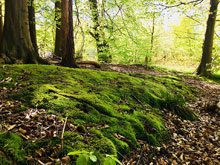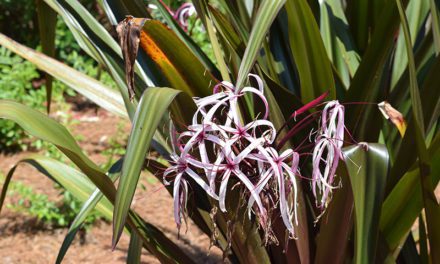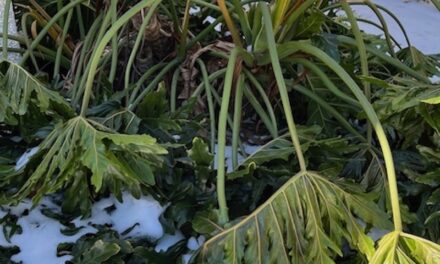 I’m looking out over these five acres of ‘lawn’ stretching all the way to the woods in one direction and to the old fallow field in the other, and that familiar sinking feeling comes over me – as it must do every year: it’s getting to be time to start mowing again.
I’m looking out over these five acres of ‘lawn’ stretching all the way to the woods in one direction and to the old fallow field in the other, and that familiar sinking feeling comes over me – as it must do every year: it’s getting to be time to start mowing again.
I know I’m not alone in this sense of dread. I was having a very intense conversation with the accountant this week about taxes when he suddenly interjected, “What the #*#@% can I do to keep from having to mow my damn lawn every week?”
Well, I said, how about turning the lawn over to moss? It takes care of itself, stays green, and never needs mowing!
There’s a patch of moss, about thirty square feet, growing near a couple of trees in the yard; I’ve found it looks remarkably green and pretty all year long. Right now, it is finishing its ‘flowering’ stage – the soft green mat has sent up a thousand threadlike stalks an inch or two high, changing the color of the patch to a bronze tone. It’s actually nice enough to make me wonder if I could make it work in other, larger sections of the yard where we mow.
Of course, the idea of trying to cover the entire yard with this soft moss isn’t practical. There are areas it won’t find suitable: too sunny; too shady; too wet; too dry; too much traffic; too much leaf litter falling over it. But why not try finding other mosses to fit the conditions of other areas where this one won’t grow?
It turns out I am not the first person to wonder about moss gardening. There’s a group of devotees of mosses who have been working with the idea for years now, and we inquisitive neophytes can actually turn to them to learn from their experience.
Most true mosses can thrive only in shade, sometimes preferring deep shade. That makes them suitable for real problem areas where grass cannot grow because of the shade.
Mosses don’t have true roots, so they require a pretty constant ambient humidity to keep from drying out. That suggests I might have to consider some other moss-like plants to use, lichens perhaps, in areas that are too dry for mosses. There are also vascular plants that look a bit like moss, but which grow in other situations, such as “Irish Moss” (Sagina subulata).
Mosses grow in several forms. There are the low-growing sheet mosses, which slowly spread out into velvet-textured mat. Some grow as soft rounded cushions instead of a solid sheet of moss. They have different textures, from fine and velvety to coarse, from low and smooth to several inches tall. The color variations depend on species, on growing conditions, and on the time of year, producing wonderful contrasts and variations as the year progresses.
Fortunately for us newbies, the moss nerds have provided some excellent resources for us to learn about how to grow mosses, how to start moss from scratch, how to maintain a moss garden once established. There are beautiful examples of moss gardens, from a little dish garden on a window sill to a 700-year-old moss garden in Japan.
As usual, the best place to start is on the internet. Type ‘moss garden’ into your search engine, and you’ll be tied up for hours.
There are a couple of excellent books which can provide more information than you are likely to use. One of the best is The Magical World of Moss Gardening by Annie Martin. Another great resource is Moss Gardening: Including Lichens, Liverworts, and Other Miniatures by George Shenk.
There are online sources for buying mosses, too. One of the best known is Moss Acres (mossacres.com), so even if you can’t find any moss already in your lawn, you can still get some to start your new no-mow hobby.
Keep your eyes open – your neighbor may have a shady nook in the back of the garden that has made itself into a moss garden. Now that I’ve started paying attention, I’m finding beautiful moss habitats all over our woodland as well as in the lawn. That’s the best kind of gardening – finding the beauty that’s already there!








